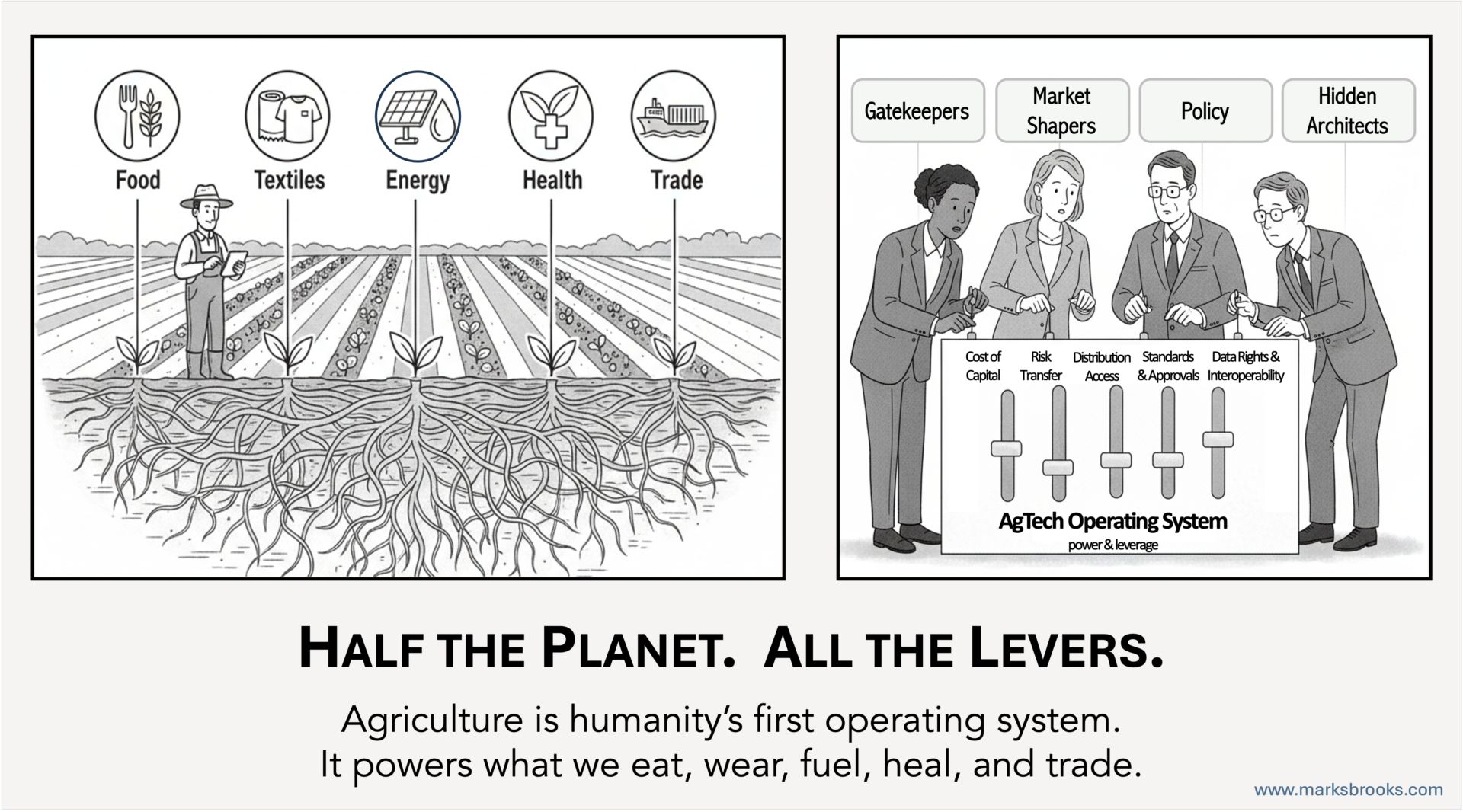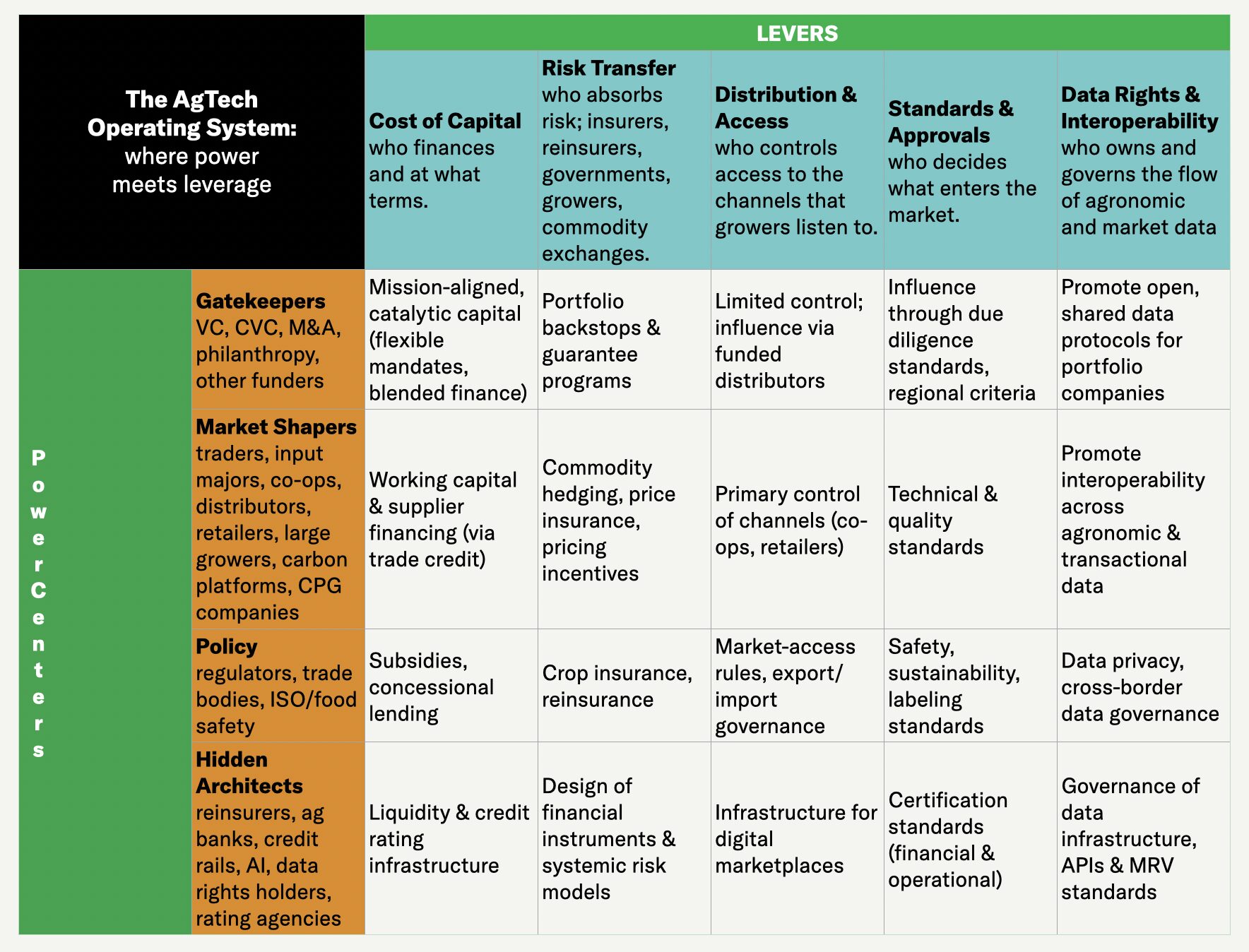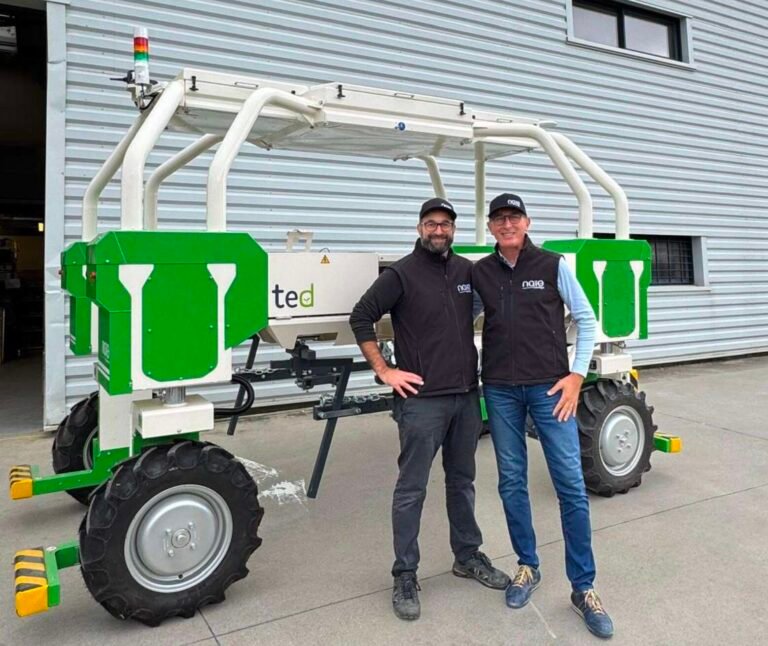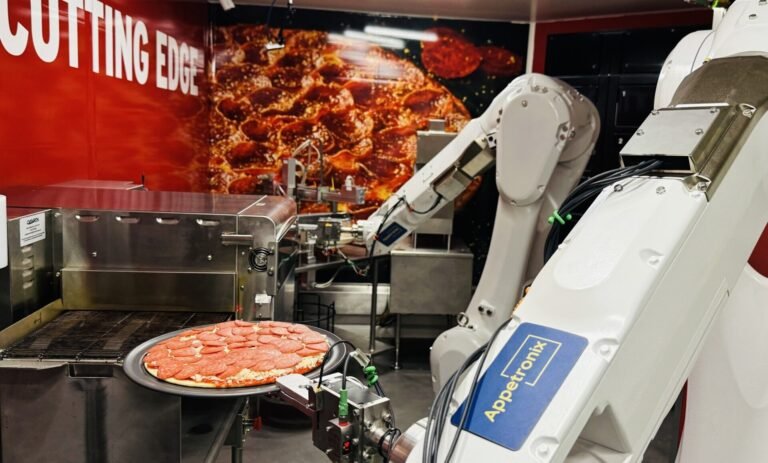
Mark S. Brooks is the former head of FMC Ventures and a former investor at Syngenta Ventures. He has built startups, scaled corporate venture arms, and advised global CEOs. He believes capital is the sharpest lever to bend markets, and focuses on where to put that leverage to work next. Mark can be reached at hello@marksbrooks.com.
The views expressed in this article are the author’s own and do not necessarily represent those of AgFunderNews.
A sector fits into a box. Half the planet does not.
Agriculture is not a sector, it is a system—the operating infrastructure that anchors food, energy, textiles, health, and trade. It is how humanity learned to turn uncertainty into order and security by planning, hedging, and cooperating at scale.
Agtech, however, is still viewed as a standalone sector with its innovations boxed off from the systems they influence. Yet the most powerful advances rarely emerge within a single silo. Instead, they appear at the seams, in this case where agriculture collides with other disciplines like energy, biology, computing, materials, and finance.
Every seam is a potential new market.
The future belongs to those who operate the system, not the box. Systems move when power centers pull levers that route capital, risk, and adoption. Who holds those levers, and how do they move?
Agriculture: the system beneath everything
Everything we consume is either mined or grown.
Agriculture is humanity’s first operating system—an orchestration of ecosystems, technology, and social contracts. It governs soil, water, biodiversity, nutrition, and knowledge.
It covers half of Earth’s habitable land. It is a biological engine, economic foundation, and cultural mirror of how we balance abundance with resilience, extraction with regeneration, and local stewardship with global interdependence.
It reaches far beyond the plate, too. Cereals, for instance, are food for humans, but more than half become feed, fuel, or industrial inputs; farms supply proteins, biomaterials, and pharmaceutical ingredients.
On paper, agriculture looks small (1-3% of GDP in developed countries; ~4% globally). In practice, it anchors global trade and capital flows. Industry and services may dominate national GDPs, but they stand on agriculture’s foundations: half the planet’s land, most of its water, and the flows of carbon, trade, and capital it governs. Credit, insurance, and policy decide what gets grown, where, and for whom.
Agriculture drives roughly 10% of world trade, acting as both buffer for and amplifier of economic shocks. When farm margins move, so do migration, urbanization, and geopolitical stability. In 2025, for example, U.S. farmers planted the most corn since the Dust Bowl, while China’s pivot from U.S. soy to Brazil is reshaping trade and geopolitics.
Meanwhile, bioenergy supplies more than half of renewable energy, and roughly 8% of cropland feeds those supply chains. In textiles, cotton still provides about 20% of global fiber, while new materials like hemp and biopolymers are emerging at the intersection of crops and chemistry.
Agriculture is also a public-health system. Over 60% of emerging infectious diseases are zoonotic, and livestock consume two-thirds of global antibiotics. This makes agriculture as much a biosecurity firewall as a protein system.
Finally, it generates immense data. Soil probes, drones, satellites, and trials capture raw data, but it only creates value if it can flow into finance. Measurement, reporting, and verification (MRV) link data to credit, carbon, and insurance markets, turning information into capital.
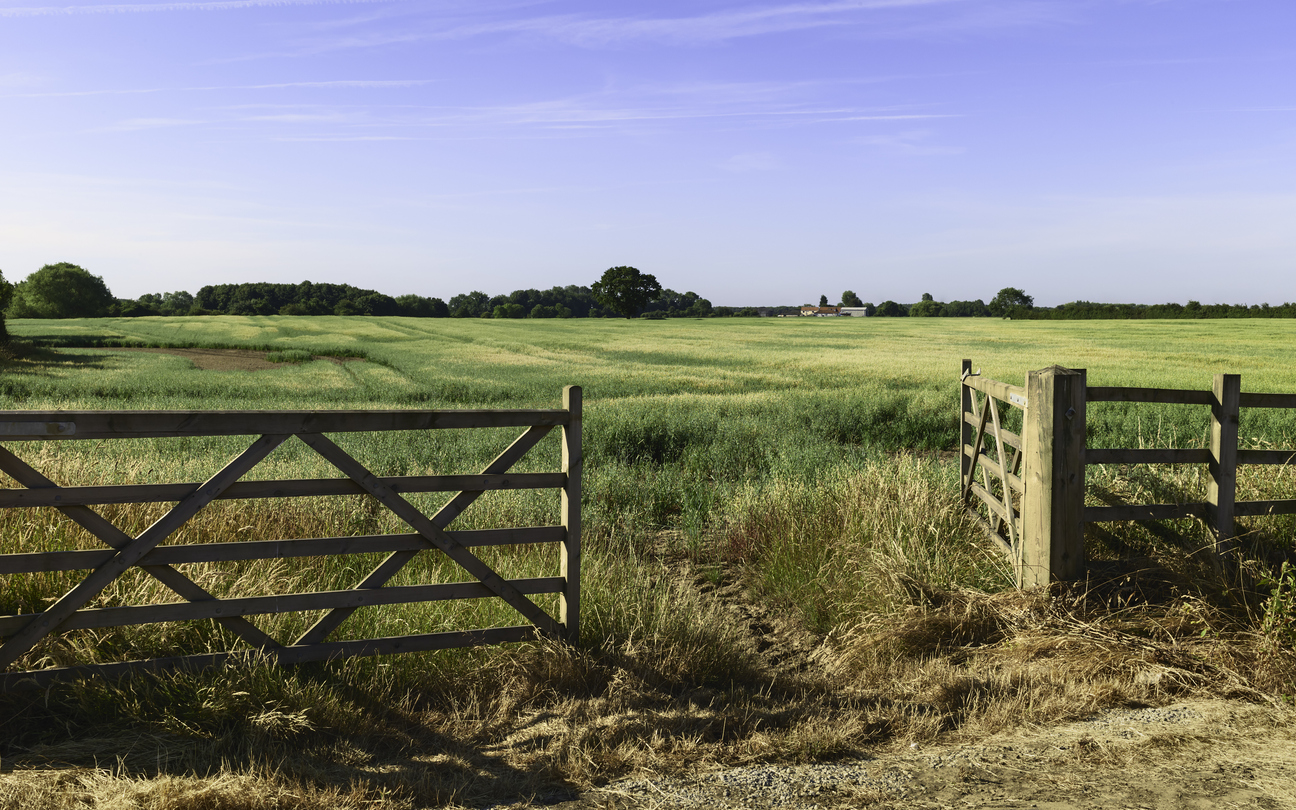
The AgOS Framework
Most market maps are limited to logos. This framework goes deeper, to the circuitry beneath them. It draws from my years of operating alongside startups, ag strategics, policy shapers, and global investment networks.
This is the AgTech Operating System, built on a spectrum of power centers and levers.
Power centers are the institutional nodes that decide what moves: gatekeepers (VC/CVC/M&A), market shapers (traders, input majors, co-ops, retailers, carbon platforms), policy (regulators, standards, trade), and hidden architects (reinsurers, ag banks, credit rails, data/AI platforms).
Levers are the control paths they use: cost of capital, risk transfer, distribution and access, standards and approvals, data rights and interoperability.
Each cell can be wired for extraction (–) or for resilience (+). Every startup, policy, collaboration, and deal lives somewhere on this grid.
The capital stack has to match these levers, not the other way around, a theme I’ve discussed before.
Implications for investors and founders
Build a tool, sell a unit. Build a system, shift a market. Which is your work?
As discussed in “The Quiet Trends Reshaping Ag,” the future belongs to those who act in systems rather than boxes.
Founders: Build for the system, not a single product. If your innovation doesn’t move at least one lever, it’s just noise. Know how your innovation plugs into the feedback loops of capital, policy, distribution, and standards. Create multi-stakeholder value across growers, distributors, insurers, financiers, and downstream buyers.
Redirect capital—who pays, when, and at what risk—and you expand the exit aperture.
Investors: Your edge is at the pressure points—seeing where the system flexes, where levers interlock, and who holds them. Single-lever gains tend to show up first as total value to paid-in capital (TVPI); when two or more levers align, time-to-cash compresses. Underwrite for distributions, not just marks. Design the capital stack to the levers, not the category. Note the players that already bend markets: traders, co-ops, ag majors, and the best CVCs. They are using distribution, standards, risk transfer, and cost of capital in concert. Back teams that rewire money, access, trust, and risk.
A Note to CEOs and boards
Optimize the box or rewrite the system. Which is leadership?
Agriculture is resilient infrastructure, not an isolated sector. Orchestration across capital, policy, and markets is now core to its governance and success.
Having built venture platforms, deployed capital across five continents, advised global strategics, and mapped quiet trends before they became obvious, I’ve seen how reframing the system can bend industries. The next generation of C-suite leaders will be defined by their ability to do exactly that.
Rewiring the Future
The signal is clear. The circuit is wrong. Which will you fix?
The next winners will do more than build better products. They’ll move capital through the system, bending incentives and aligning with the levers that govern adoption.
The future of agtech won’t be decided in a field or a lab. It will be decided by who rewires the flows of trust, capital, data, and standards.
This rewiring has already begun, and is inevitable. Choose your lever. Shift it. Be part of the rewrite.
The post Guest article: Agtech is dead. Long live the system appeared first on AgFunderNews.
